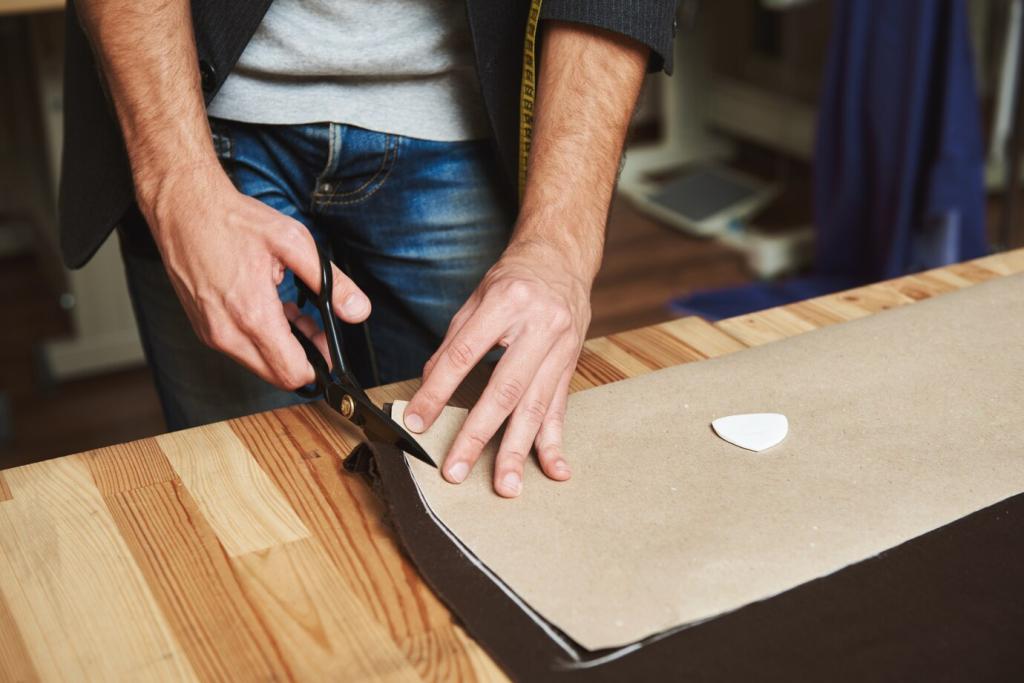
Avoiding Common Mistakes in Antique Furniture Care
Chosen theme: Avoiding Common Mistakes in Antique Furniture Care. Welcome to a space where heirlooms keep their stories, not new scratches. Explore practical tips, real anecdotes, and expert-backed guidance to prevent avoidable damage—and keep your pieces loved, not “restored.” Subscribe for ongoing care checklists, share your before-and-after wins, and ask questions about tricky situations you’re facing right now.
Know Your Finish: The First Defense Against Damage
Lemon oil promises an instant glow, but it can over-soften finishes, attract dust, and mask dryness without nourishing wood fibers. On shellac or oxidized varnish, it often leaves a smeary film that’s hard to remove. Share a photo if you spot dull streaks; we’ll talk through safe cleanup steps.
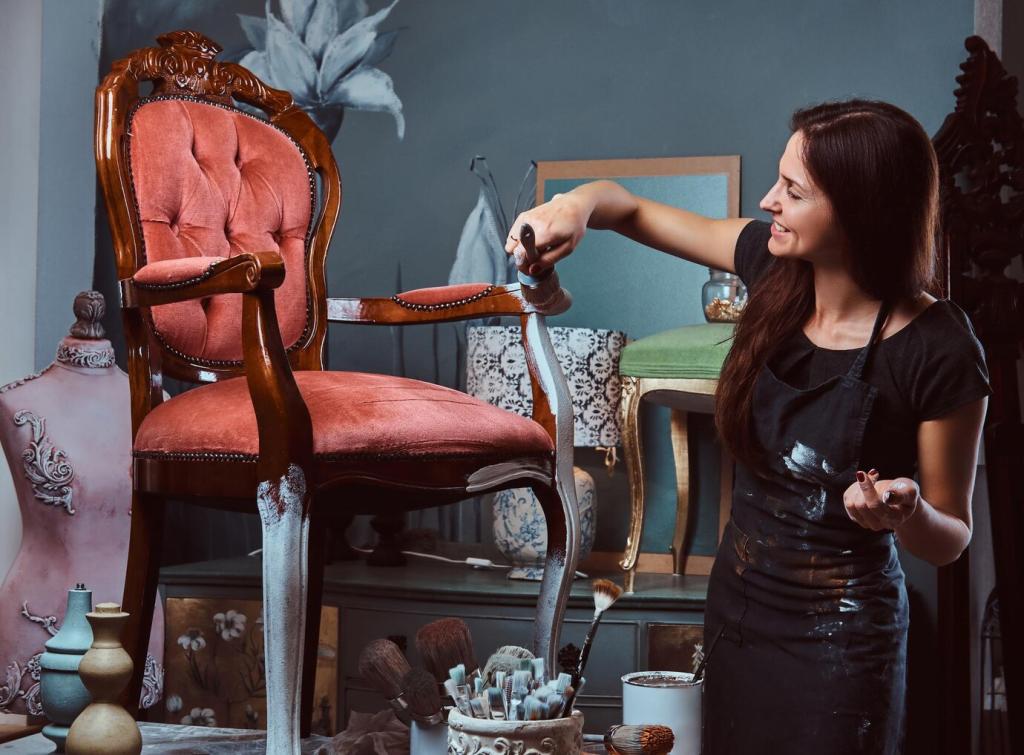
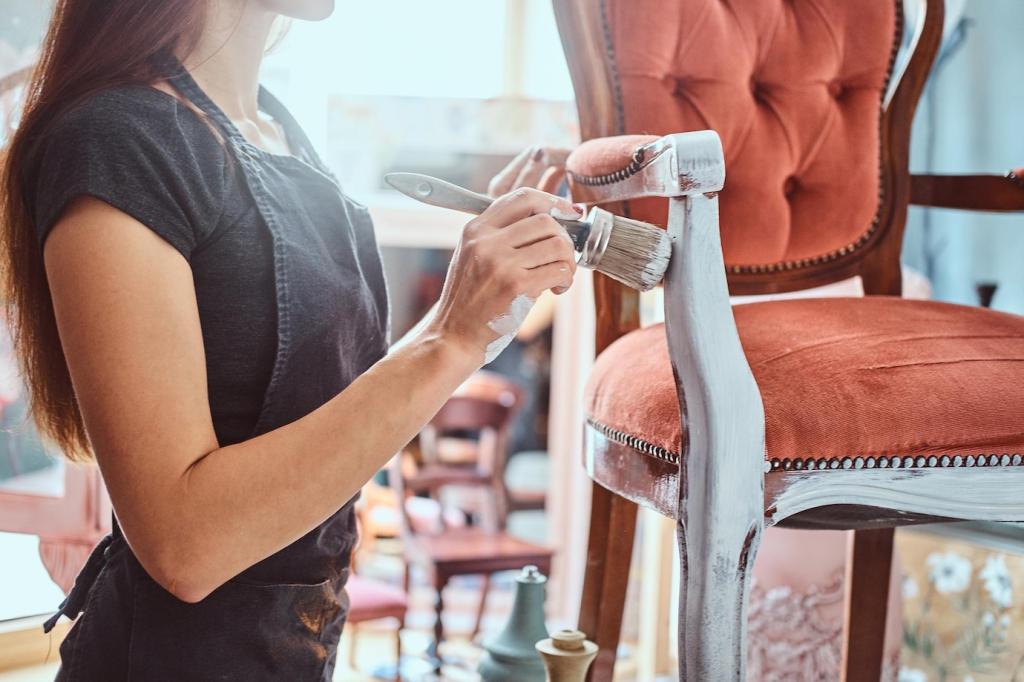
Know Your Finish: The First Defense Against Damage
Silicone-laced sprays creep into cracks and make future conservation nearly impossible, causing fish-eye defects during refinishing. A high-quality paste wax, used sparingly, can protect and enhance patina. Before you reach for any bottle, tell us your finish type, and we’ll suggest a safer, reversible routine.
Environment Mistakes: Light, Heat, and Humidity
Ultraviolet light bleaches walnut, cherry, and mahogany, while drying and embrittling finishes. That bright spot by the window can ghost silhouettes under vases in a single season. Rotate displays, add UV film, and draw curtains at peak hours. Share your layout for tailored, light-friendly placement ideas.
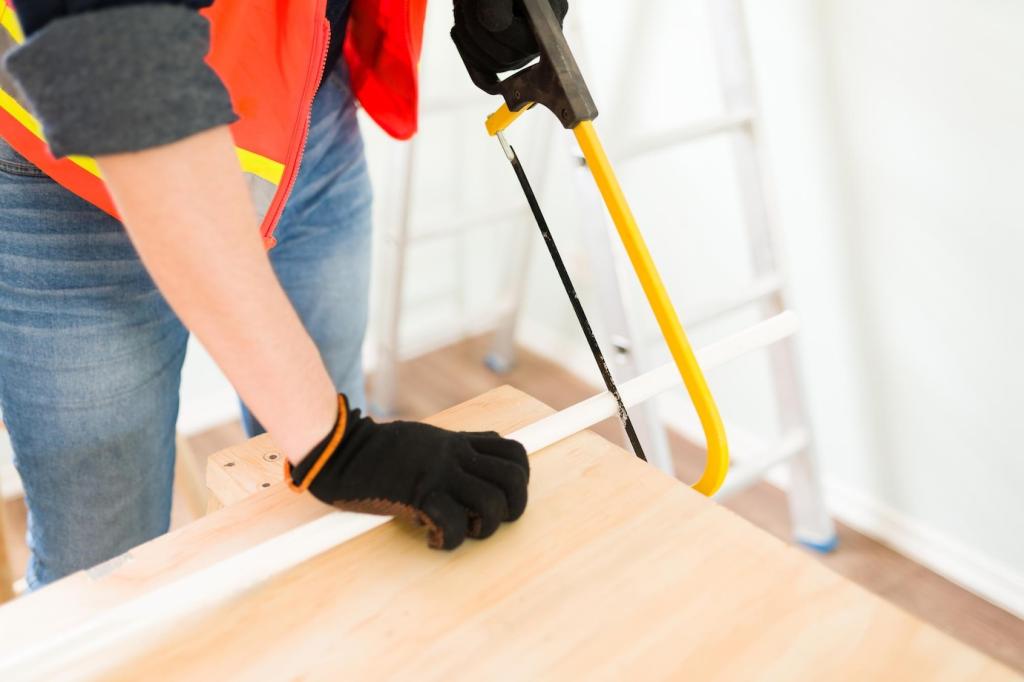
Handling and Moving: Invisible Dangers
Chair arms and crest rails were never meant to carry bodyweight. Lift from seat rails or the main frame, ideally with two people. Avoid twisting pressure on old tenons. If joints wiggle, stop and stabilize first. Tell us the chair type, and we’ll pinpoint the safest lifting grips.
Full drawers strain dovetails and slide rails, and they can fly open unpredictably. Always label, remove, and carry drawers separately to reduce weight and prevent racking. Photograph order and shims before disassembly. Post your case piece’s interior photos for customized packing and sequencing advice.
Original brass pulls, escutcheons, and skeleton keys are part of the piece’s identity. Bag, label, and cushion them, never tape them to finishes. Keep fasteners sorted by location. Share a snapshot of your hardware layout; we’ll help you create a foolproof, non-adhesive labeling system.
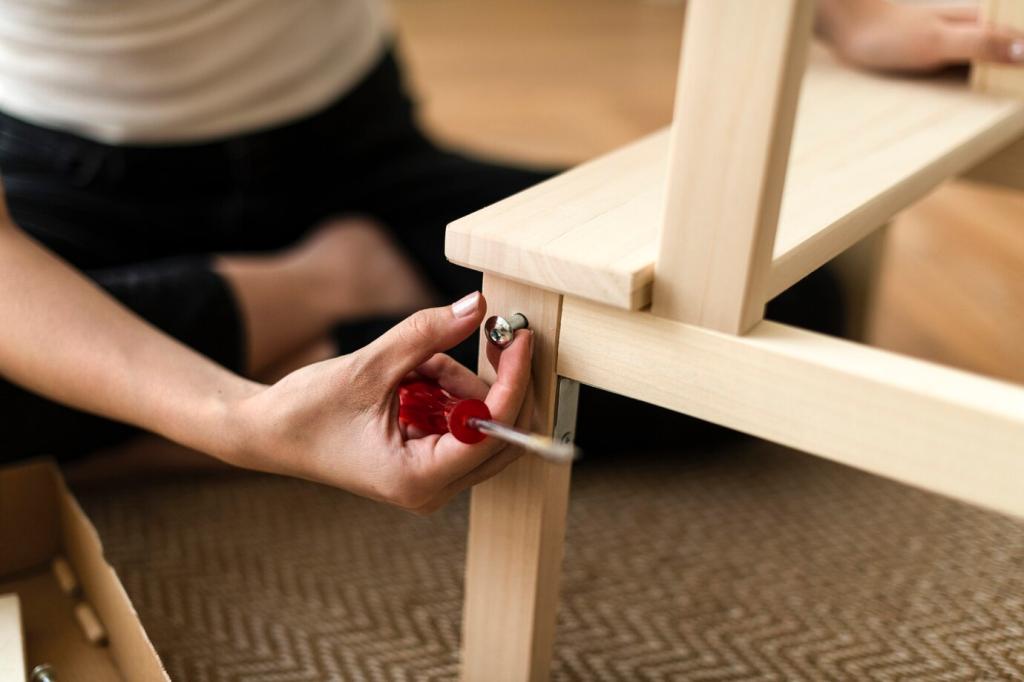
Cleaning and Routine Care: Less Is More
Dusting Done Right
Use a clean, lint-free microfiber cloth slightly charged with static, not a feather duster that can snag veneer edges. Glide with the grain to avoid forcing particles into pores. Replace cloths frequently. Tell us your finish and dust levels; we’ll suggest a safe weekly rhythm that actually sticks.
The Damp Cloth Myth
Water, even barely damp, can bloom shellac, lift wax, and leave cloudy halos around rings. Spot-treat water marks only after identifying the finish, and use conservator-approved methods. If you’ve already got a ring, share a clear photo in daylight, and we’ll advise a gentle, reversible approach.
Safer Grime Lifting
Before reaching for harsh cleaners, try a pH-neutral solution and cotton swabs, testing in hidden areas. Work slowly and change swabs often to avoid redepositing soil. If grime doesn’t budge easily, stop. Comment with what you tried, and we’ll suggest the next careful, finish-specific step.
Glue Choices Matter
Modern PVA glues creep, resist reversal, and can stain fibers, complicating future repairs. Traditional hot hide glue offers strength and reversibility, aligning with original construction. If a joint failed, don’t flood it with glue. Describe the joint and era, and we’ll map a conservative fix.
Refinishing Erases Value
Stripping finishes destroys patina, color depth, and historical evidence, often cutting value dramatically. Many dull surfaces revive with gentle cleaning and renewed wax alone. Before you strip, share detailed photos in natural light. We’ll evaluate whether preservation can recover beauty without erasing the piece’s story.
Know When to Call a Conservator
Complex marquetry, lifting veneer, water intrusion, or warped panels need trained hands and controlled materials. Good pros document everything and prioritize reversibility. Ask for our checklist of questions to vet a conservator, and post your location if you’d like help finding reputable regional specialists.
Pests, Mold, and Odors: Mistakes That Spread
Aerosol insecticides stain finishes, leave residues, and rarely penetrate deep galleries. Look for fresh frass, confirm activity, and consider anoxic treatments or controlled freezing with professional guidance. If you suspect woodworm or powderpost beetle, tell us what you see so we can recommend a safe, effective plan.
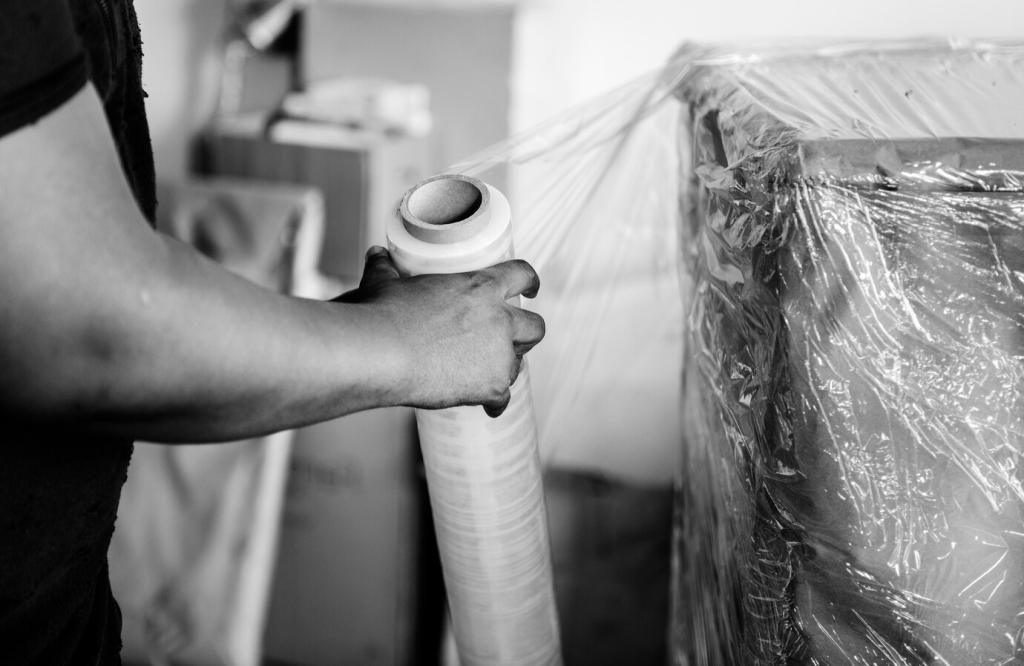
Label Without Adhesives
Tape and stickers scar finishes and lift fibers. Instead, tie acid-free tags with cotton thread to internal structures or place labeled envelopes in drawers. If you must mark, use graphite on archival paper. Show us where you plan to tag, and we’ll suggest the least invasive spot.
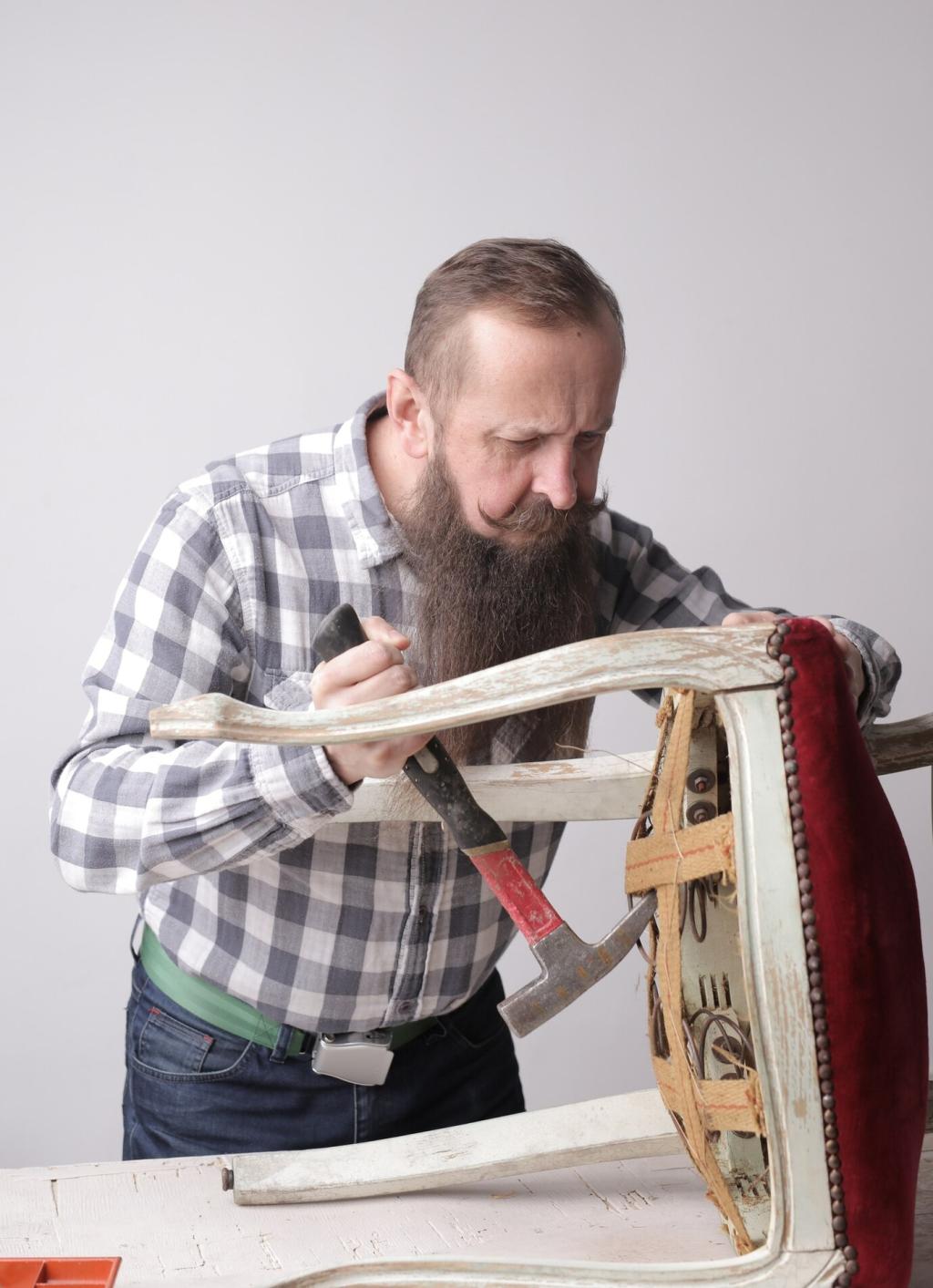
Keep a Care Log
Record dates of waxing, humidity notes, minor repairs, and any incidents like spills. This history guides future decisions and proves stewardship when selling or loaning. Ask for our printable log, and tell us your collection size so we can tailor pages to your real-world routine.
